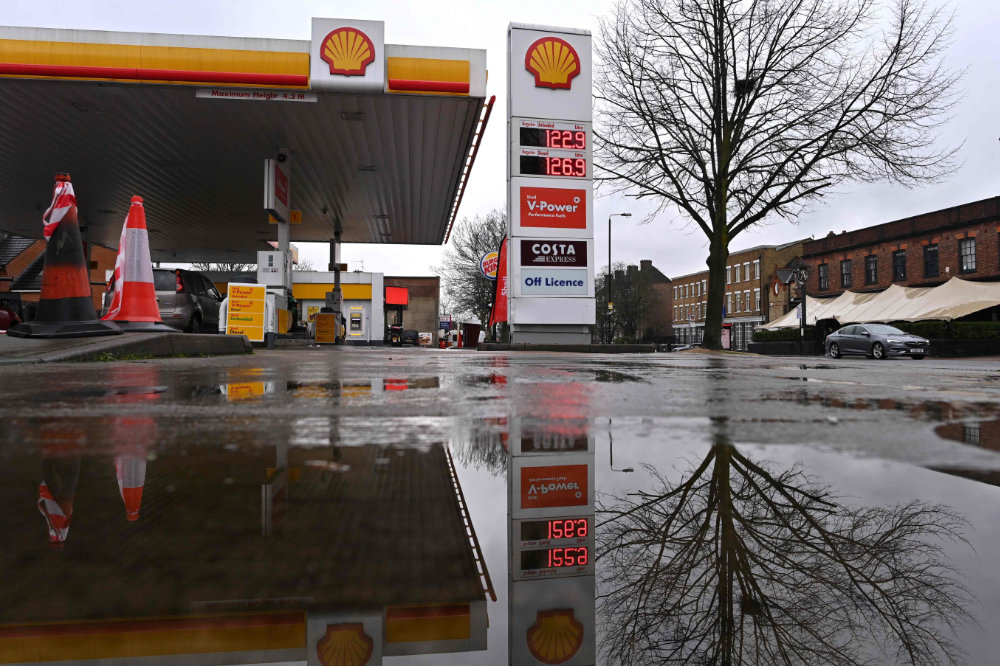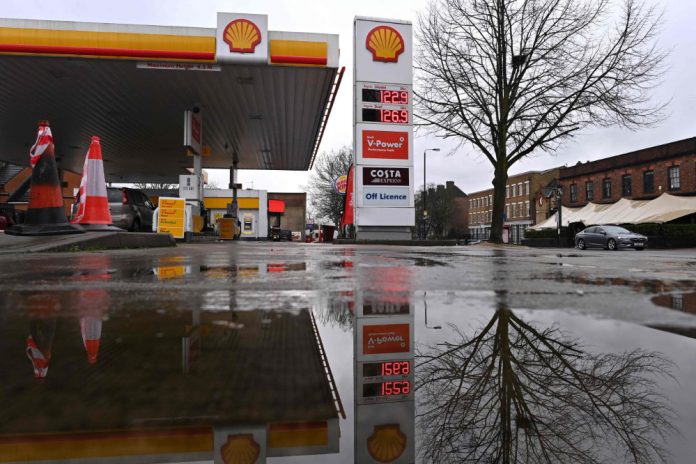Oil prices made their biggest weekly gain this year, reaching pre-pandemic levels at a one-year high. The price of Brent crude is about to breach the important psychological mark of $60, closing the week at $59.34 per barrel. The price of West Texas Intermediate (WTI) crude closed the week at $56.85 per barrel.
The declining crude oil inventories in the world’s two largest oil consuming nations and largest economies, the US and China, have led to an outlook of a tightening market.
China’s crude oil stocks fell to their lowest level in nearly a year amid a global drawdown in inventories that is being driven by tighter supply strategies from OPEC+, which has read the market very well.
Prices have reached a year high — the market never imagined that the price of WTI would breach $55 per barrel after going below zero 9 months ago or that Brent crude would reach nearly $60 per barrel after touching $16 per barrel. The credit goes to the successful market management of OPEC and its leadership role in implementing medium-term strategies to balance the market while maintaining the principle of global energy security.
Tighter supplies from OPEC+ have successfully turned the Brent future curve to backwardation, which encourages oil traders to take oil out of storage, signaling a stronger market.
In January this year, OPEC+ achieved high compliance in maintaining oil output cuts; an upward momentum in oil prices did not alter its output cuts of 7.2 million barrels per day (bpd).
The price surge is due to OPEC’s effective market leadership despite the fragile market and uncertain oil demand recovery.
Also, the outlook for a tightening physical crude market amid continuing stock draws, helped by colder weather, has led crude’s futures curve to further strengthening, offsetting the challenging short-term demand recovery amid concern that the new virus variants will lead to more lockdowns and that some countries are facing vaccine rollouts issues.
It might be too early for oil demand recovery to do a U-turn. It might also be too early for OPEC+ output cuts to tighten the oil market to be in a deficit this year. Asia and Europe are setting back a fragile recovery in transport fuels with renewed lockdowns, and worldwide commercial flights have fallen back to less than 60 percent of comparable 2019 levels. In addition, the US Energy Information Administration (EIA) expects that energy consumption in the US will return to pre-pandemic levels by 2025 as the expectations of oil demand recovery depend greatly on the pace of the economic recovery.
The latest figures from the Commodity Futures Trading Commission (CFTC) on Feb. 2, 2021 show crude futures “long positions” on the New York Mercantile Exchange (NYMEX) at 676,260 contracts, decreased by 3,569 contracts from the previous week (1,000 barrels for each contract).
• Faisal Faeq is an energy and oil marketing adviser. He was formerly with OPEC and Saudi Aramco. Twitter:@faisalfaeq

Oil hits highest in a year on growth hopes, OPEC+ cutsNigeria negotiates terms with major oil firms to keep investments

